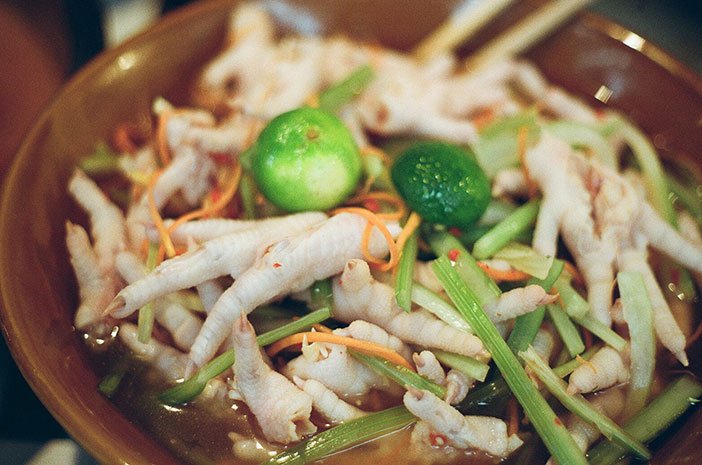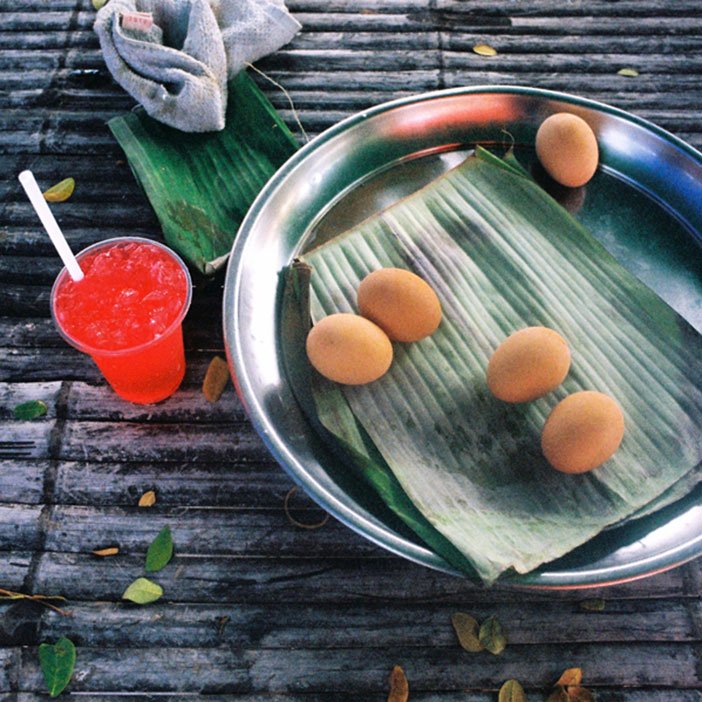jingkids
jingkids international
How much culture is in food?
I have turned from being a picky eater growing up to becoming an adventurous eater.
22/03/2017

Ruth Silbermayr
Author
Attending a party

Three months ago, my toddler son and I attended a party held by one of the teachers living in our compound. There were other teachers: Russian, Korean, Japanese, Canadian, American. Everyone brought a dish: Maki sushi, miso soup, Russian fruit pancakes, pumpkin pie, pizza, cookies. You might think that a 2.5-year-old child would immediately go for the sweet stuff, but the first thing my son picked up was a roll of Maki sushi.
“He’s brave,” one of the Canadian teachers exclaimed. I can’t remember the first time I ate sushi, but it must have been in my adolescence. Judging from this background, it would indeed be brave. Knowing that my son was gnawing away on dried algae waiting for breakfast to be ready at one year of age, and that breakfast in our home could mean anything from Chinese to Austrian – not so much. To him, going for sushi was going for comfort food, food he already knew from back home.

Growing up, I was a really picky eater. No rice, no corn, no peas. I have come a long way since. While there are still some things I don’t like eating – think intestines or Chinese blood pudding – there are many others that I have tried and even come to like. The soft yellow flesh of a durian, tender chicken feet, crisp silkworm larvae, snake meat melting on one’s tongue, grey stinky tofu that looks like a rock more than food, and other things my former self didn’t even know existed have made it onto my plate; or should I say in my bowl?

Staying in Zhejiang for a summer when I had just started studying Chinese, an Austrian friend with a Chinese background first introduced me to new foods I would not even have considered trying before. Night after night, a few of us would roam the night markets near the university together, buying freshly sliced melons at one vendor, and chicken feet at another. Later, my husband would order food I didn’t know the characters for; and although I always liked trying local foods wherever I traveled or lived, he introduced me to even more food that was unbeknownst to me in the past. But it really was my son’s attitude, his non-judgmental behavior in regards to food, that made me realize how ingrained food is with culture. And how sometimes, we really do have a double standard when it comes to our view of how certain things should be served or eaten.
In Austrian supermarkets, chicken meat is sold without a chicken’s head and feet. In China, it is completely normal to use every part of a chicken, including the head and feet. It might seem a bit barbaric to someone who isn’t used to being served up chicken’s feet (with the nails), but isn’t not using those parts much worse – lavish behavior only those who have never had to slaughter a chicken can afford? Of course, the parts of animals we don’t eat in Europe will usually still be used in other ways, but judging someone for eating them does indeed show a double standard. While many Europeans shudder when looking the fish they are just about to eat in the eye in China, my husband is totally grossed out when he’s being served cooked fruit in Austria – be it in the form of Knödel (dumplings), compote or Apfelstrudel (apple pie), all things I love indulging in.

Just after we had our first baby in the summer of 2014, my husband was giggly with excitement when he found out that many ingredients for dishes that are delicacies in China are super cheap in Austrian supermarkets. Just having bought a car a few months prior, all things a newborn needs, flight tickets and more, we were anything but awash with money. After my delivery, my husband still dished up one delicacy after the next, day after day, without having to overspend.
I’m not sure if picky eaters are born or taught (I assume both play a role to some extent), but I’m happy to see my son chew away on algae and put together his own Müsli at our place; and eat Northern Chinese-style stuffed pancakes and fried silkworm larvae at my in-laws’ place. He’s a happy eater, and eating happily, not grumpily, is something I hope he’ll do for years to come.
Are you a picky eater?